Description
HERB LAVENDER ITALIAN SEEDS PICTORIAL PACKET
HERB LAVENDER ITALIAN SEEDS PICTORIAL PACKET most commonly seen and reliable variety of this hardy woody perennial which can live 20-30 years and is extensively used for the production of Lavender Oil and perfumes. Both foliage and flowers will produce fantastic scent in any garden and are magnets for beneficial insects and butterflies alike
Cultivation advice
- Lavender thrives in warm, sunny climates. Ensure a location with well-drained soil and ample sunlight.
- Start seeds indoors 8-12 weeks before the last expected frost for your region. Transplant outdoors when the weather is consistently warm.
- Lavender prefers well-draining soil with a slightly alkaline pH (around 6.7 to 7.3). Amend the soil with sand or perlite to improve drainage.
- Prepare the soil by loosening it and removing debris before planting.
- Plant lavender seeds in seed-starting trays or small pots filled with a well-draining seed-starting mix.
- Sprinkle the seeds lightly on the soil surface and press them gently, as they require light to germinate.
- Water the soil lightly after planting to settle the seeds. Ensure the soil remains evenly moist but not soggy until the seeds germinate.
- Avoid overwatering, as excessive moisture can lead to seed rot.
- Lavender seeds typically germinate within 14-21 days when kept at temperatures around 70-75°F (21-24°C). Provide adequate light for seedlings.
- Once the seedlings have a few sets of true leaves, transplant them into individual pots filled with well-draining soil.
- When the seedlings are robust and the weather is warm, transplant them outdoors into a well-draining, sunny area.
- Space the plants about 12-24 inches apart to allow for their growth and good air circulation.
- Lavender thrives in full sun. Ensure the plants receive at least 6-8 hours of direct sunlight daily.
- Water lavender plants deeply but infrequently once they are established. Allow the soil to dry out between waterings to prevent root rot.
- Lavender is not a heavy feeder. Avoid excessive fertilization, as it can affect the quality of the essential oils.
- Use a light application of a balanced fertilizer in early spring if the soil lacks nutrients.
- Prune lavender plants regularly to encourage bushier growth and prevent woody stems. Prune after flowering to maintain shape.
- Remove spent blooms to encourage continuous blooming and prevent seed formation.
- Lavender is generally hardy but might need protection in colder climates. Mulch around the base of the plants in late fall to protect the roots from freezing temperatures.
- Apply a layer of organic mulch around lavender plants to retain soil moisture and regulate temperature. Mulch also helps suppress weed growth.
- Avoid mulch directly touching the plant stems to prevent moisture-related issues.
- Before planting lavender outdoors, amend the soil with well-decomposed organic matter like compost to enrich the soil structure and provide essential nutrients.
- Incorporate a small amount of lime if your soil is acidic, as lavender prefers slightly alkaline soil.
- Ensure proper air circulation around lavender plants to prevent fungal diseases. Adequate spacing between plants promotes good airflow, reducing the risk of issues.
- Prune nearby plants or obstacles that might obstruct air movement around the lavender.
- Lavender can be harvested when the flowers are in full bloom but not overly mature. Cut flower stems just before the blooms open fully for optimal fragrance and oil content.
- Harvest in the morning after the dew has dried but before the day gets too hot to retain essential oils.
- Hang harvested lavender bundles upside down in a warm, well-ventilated area away from direct sunlight to dry. Ensure good airflow to prevent mold.
- Once dried, remove the flowers from the stems and store them in airtight containers away from light and moisture.
- Lavender generally benefits from light pruning after flowering to maintain its shape and encourage new growth. Avoid heavy pruning into old wood.
- In regions with harsh winters, consider covering lavender plants with a layer of burlap or using plant covers to protect them from freezing temperatures and wind damage.
- Potted lavender can be moved indoors to a cool, bright location during the winter months.
- Propagate lavender by taking semi-ripe cuttings in late spring or early summer. Remove the bottom leaves, dip the cut end in rooting hormone, and plant in a well-draining medium.
- Keep the cuttings consistently moist until roots develop.
- Lavender is known to repel some pests like mosquitoes and flies. Plant it near vegetables or other ornamental plants to deter pests naturally.
- Explore various uses for dried lavender, such as making sachets, potpourri, lavender-infused oils, soaps, or using it in culinary recipes and teas.

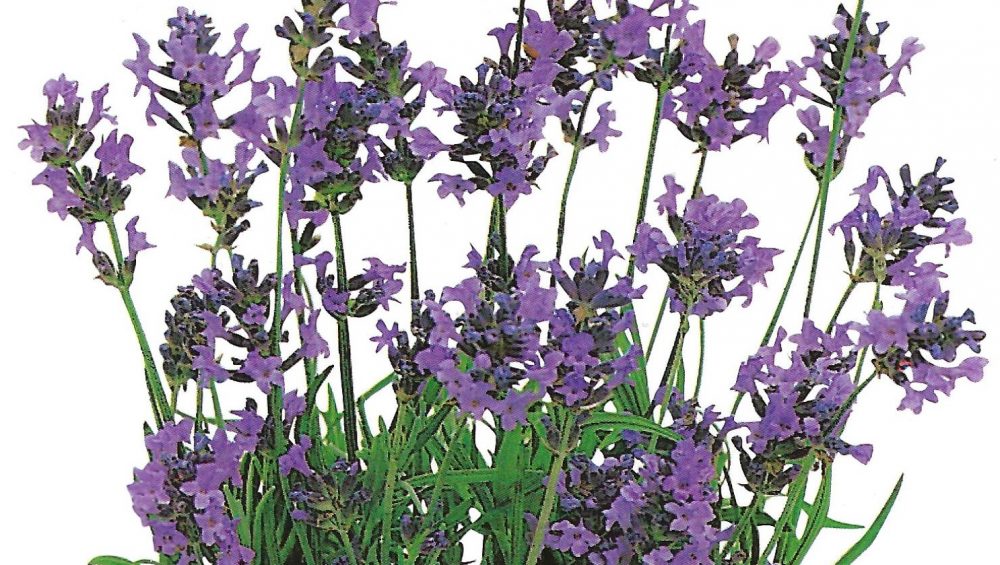

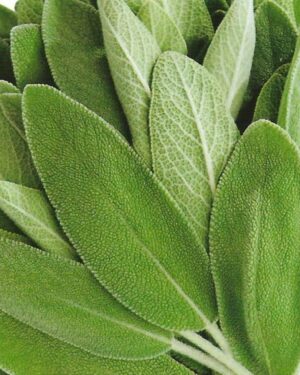
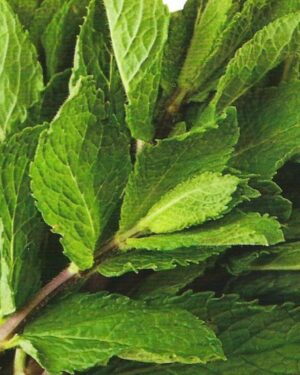
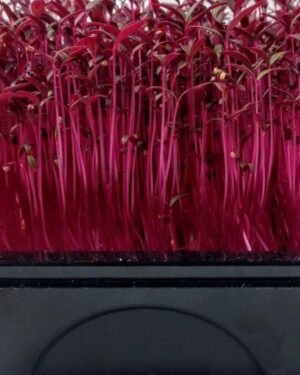
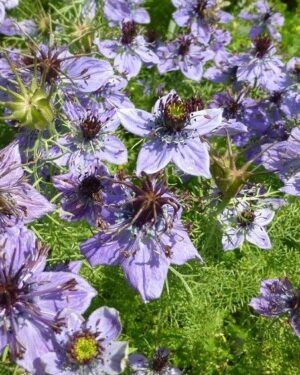
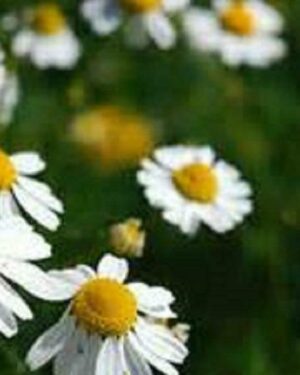
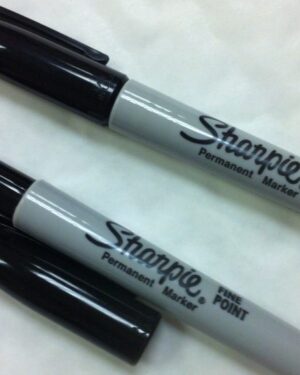
Reviews
There are no reviews yet.